Tag/en10219
-
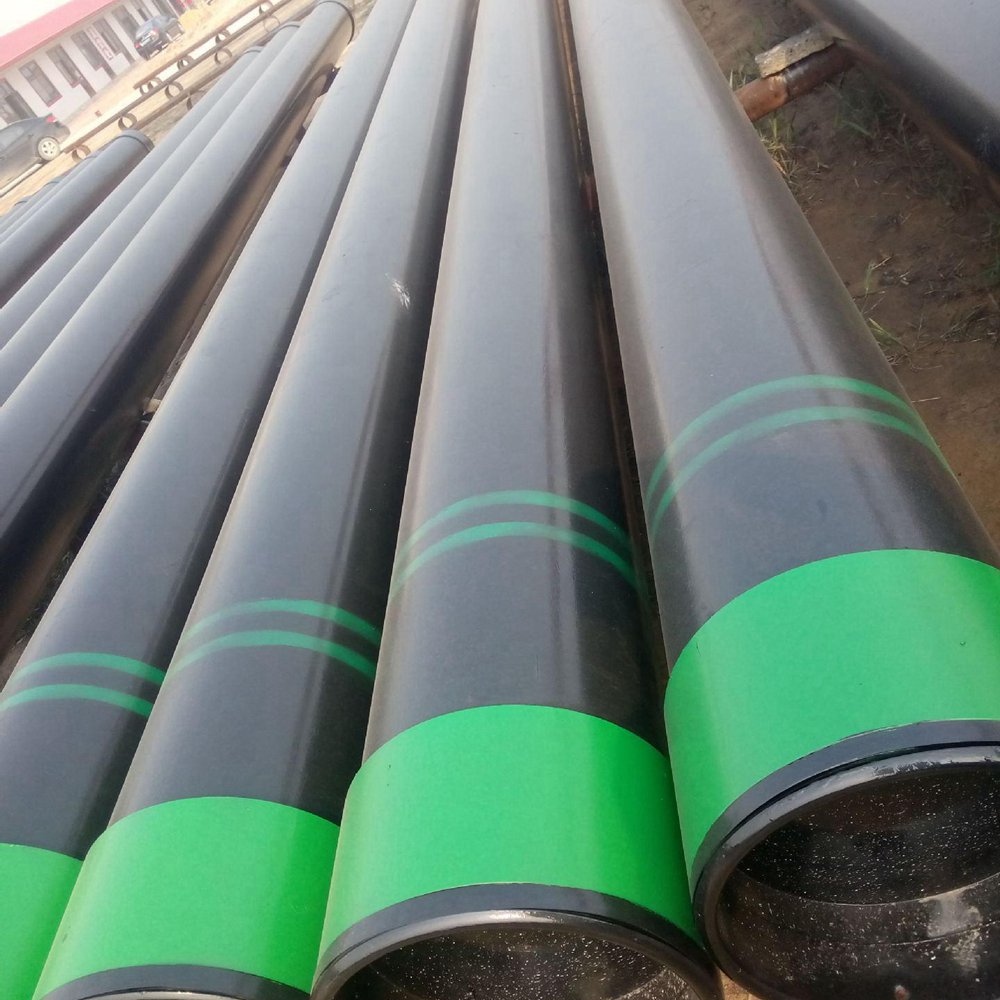 API 5CT TUBING CASING PIPE, OCTGOIL COUNTRY TUBULAR GOODS
API 5CT TUBING CASING PIPE, OCTGOIL COUNTRY TUBULAR GOODS -
API 5L Line Pipe Seamless Steel Pipe
-
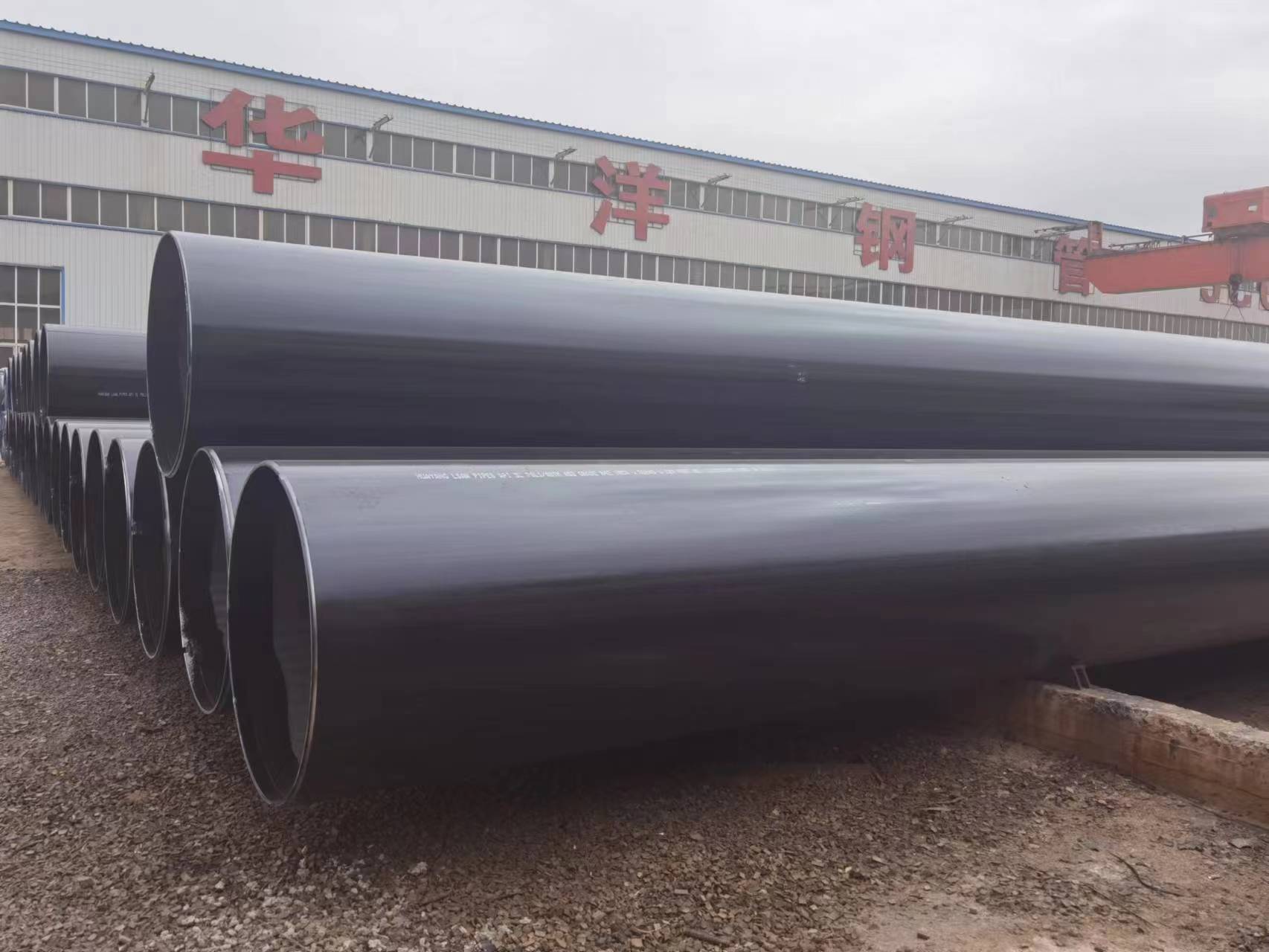 EFW Steel Pipe
EFW Steel Pipe -
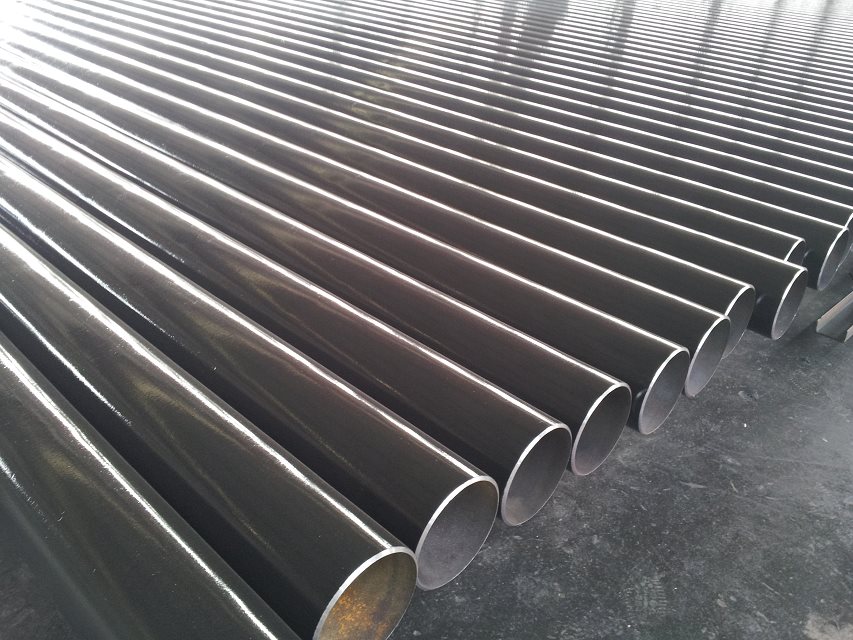 Structural Steel Pipe
Structural Steel Pipe -
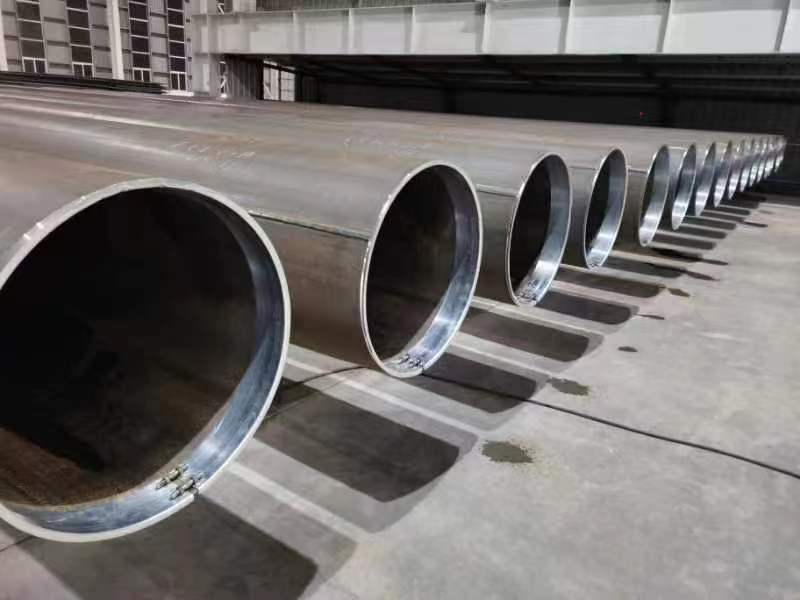 Carbon Steel Pipes
Carbon Steel Pipes -
 Metal welding services
Metal welding services -
TUBE FOR CONVEYANCE OF FLUID
-
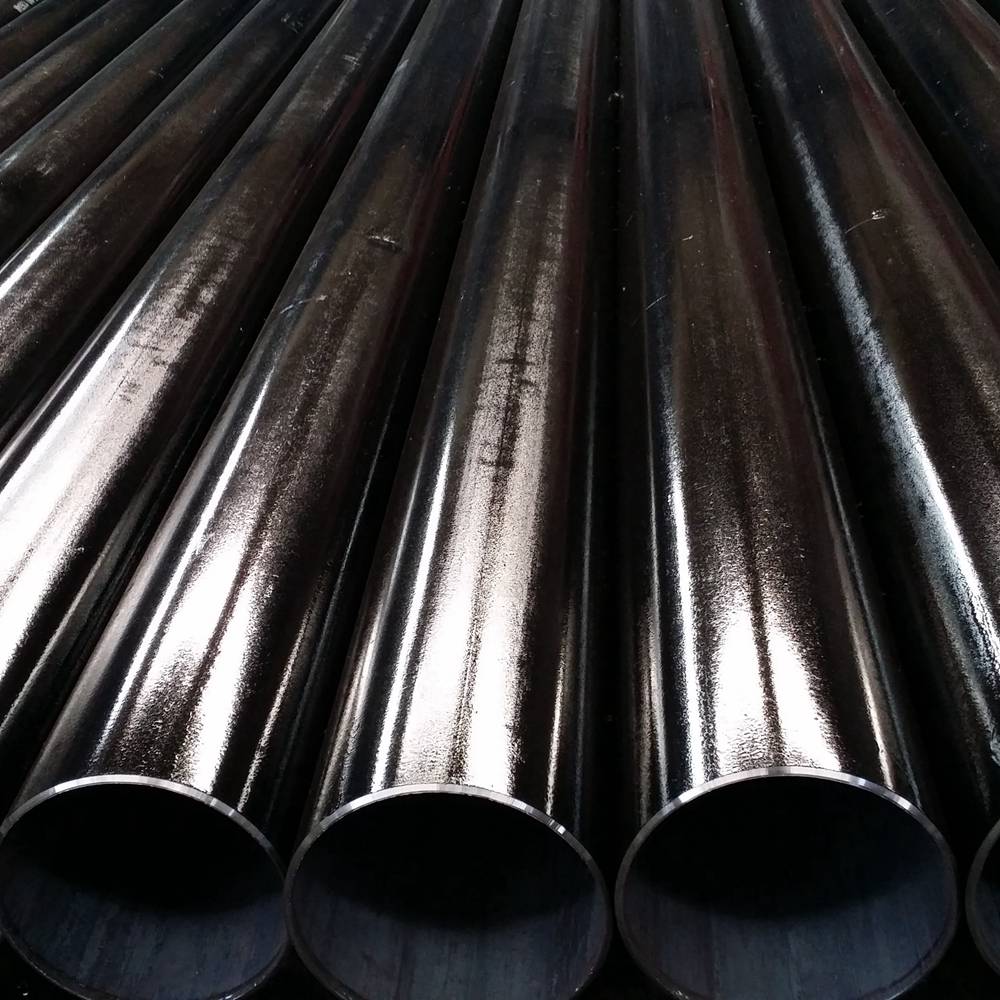 HFW steel pipe
HFW steel pipe -
 API 5L Black Oil / Gas Line Pipe
API 5L Black Oil / Gas Line Pipe -
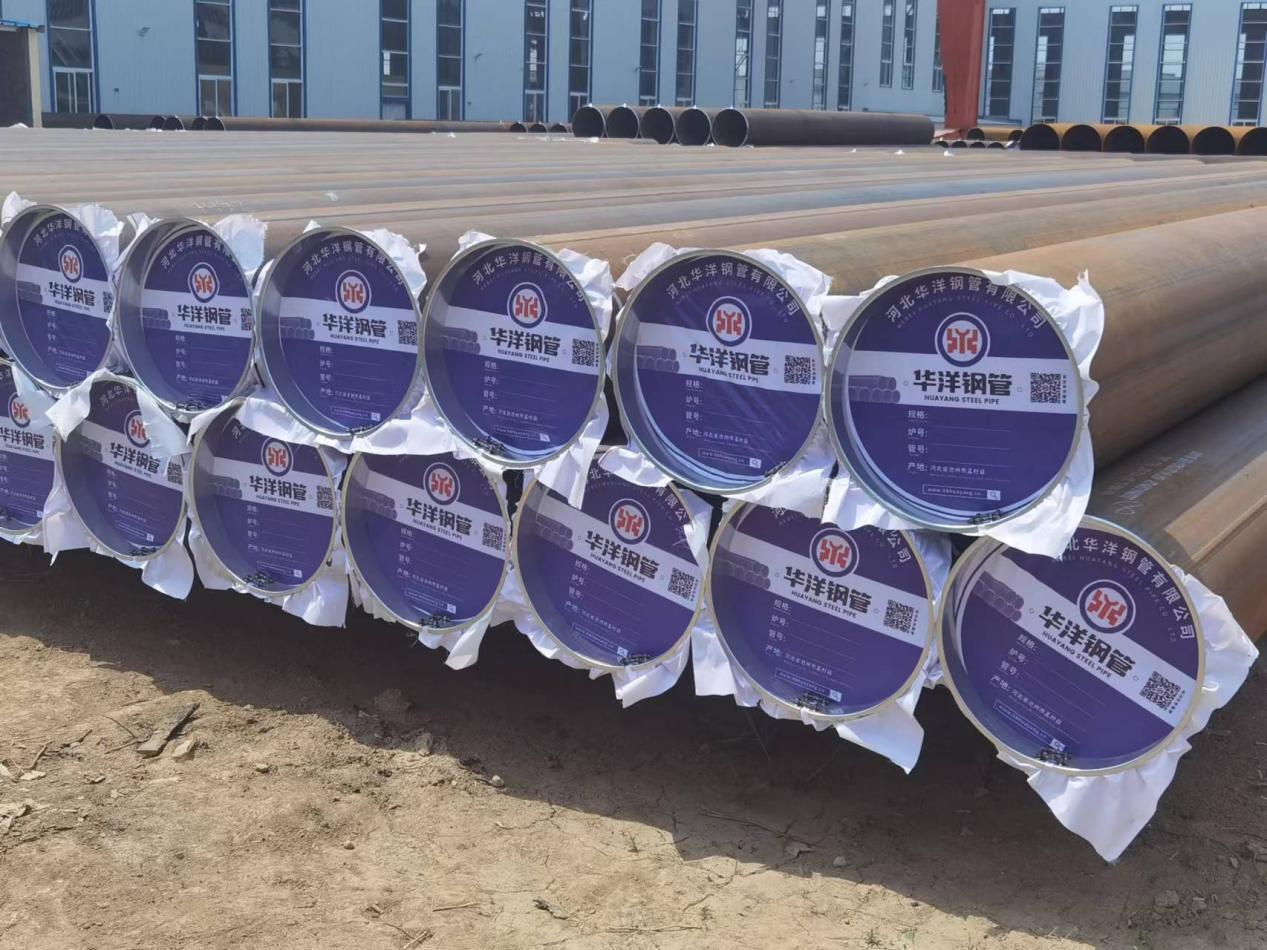 API 5L Pipe Line, Oil & Gas LinePipe, LSAW Steel Pipe
API 5L Pipe Line, Oil & Gas LinePipe, LSAW Steel Pipe
Produtct Title
en10219-
3LPE Coated Steel Pipe used in pipeline transportation

-
A53 ERW STEEL PIPE
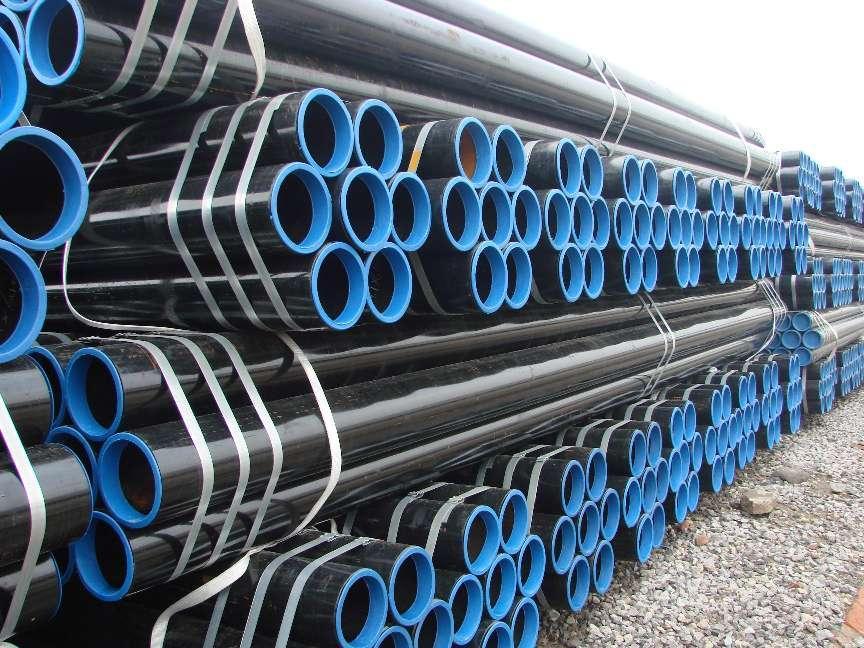
-
High pressure and temperature Alloy Seamless Steel Pipe

-
Boiler Steel Pipe
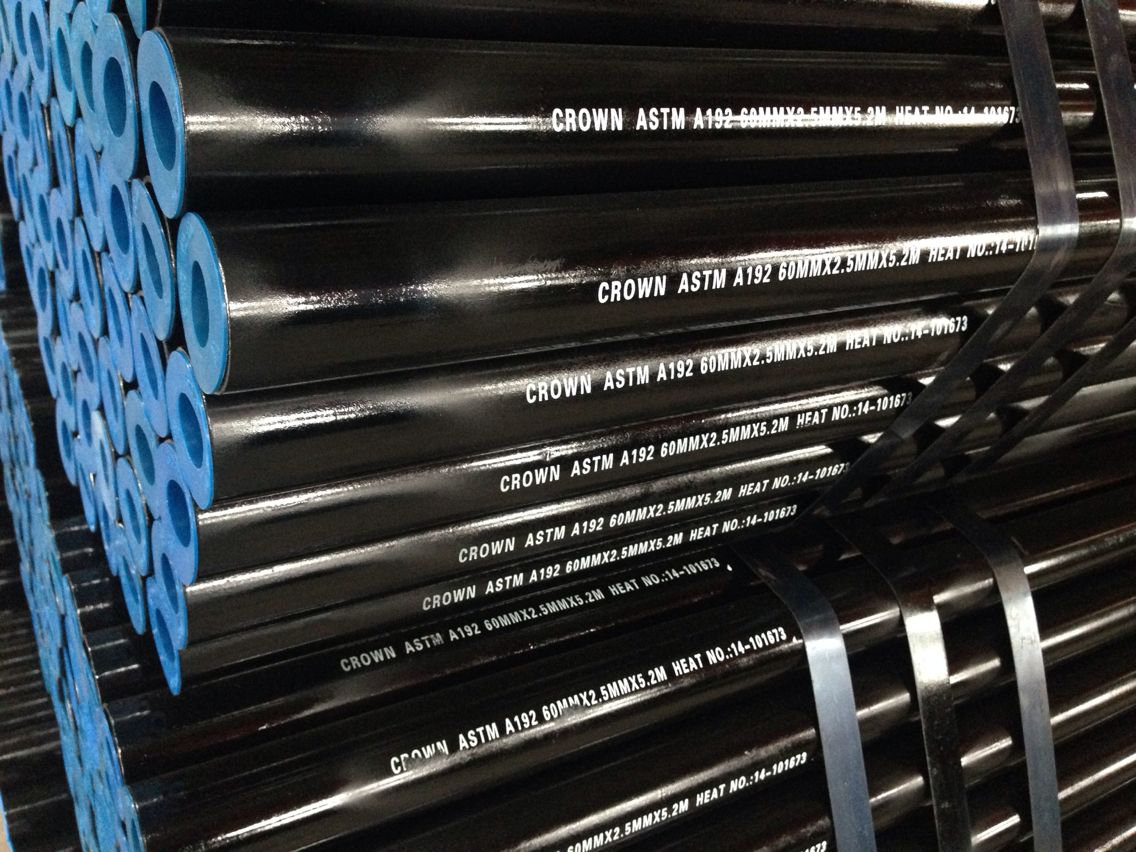
-
Welded Steel Pipe
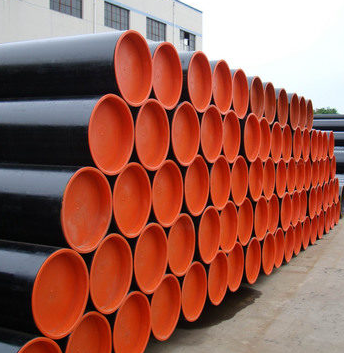
-
ASTM A252 Piling Pipe application in buildings and retaining walls
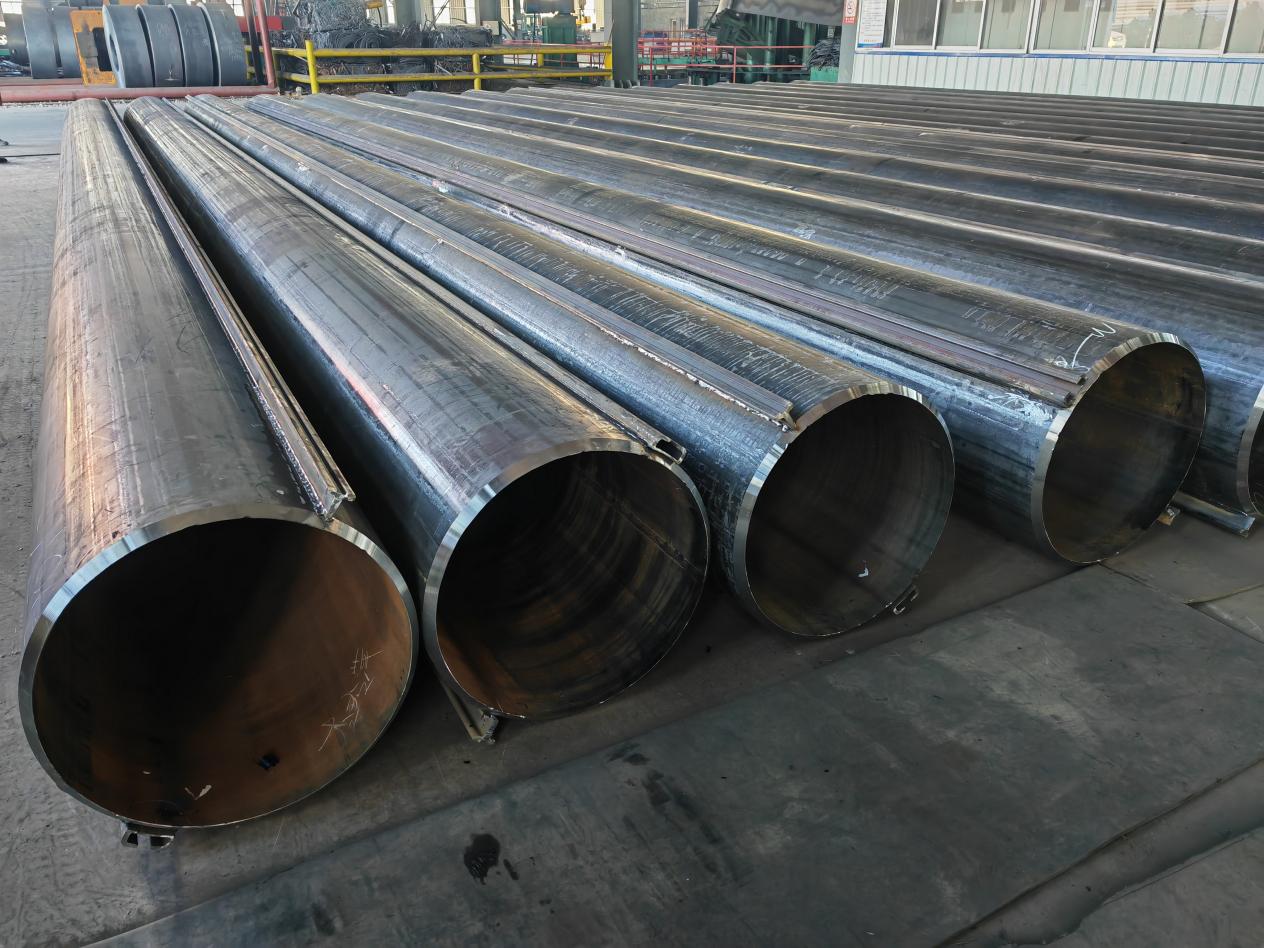
-
Mechanical Tube
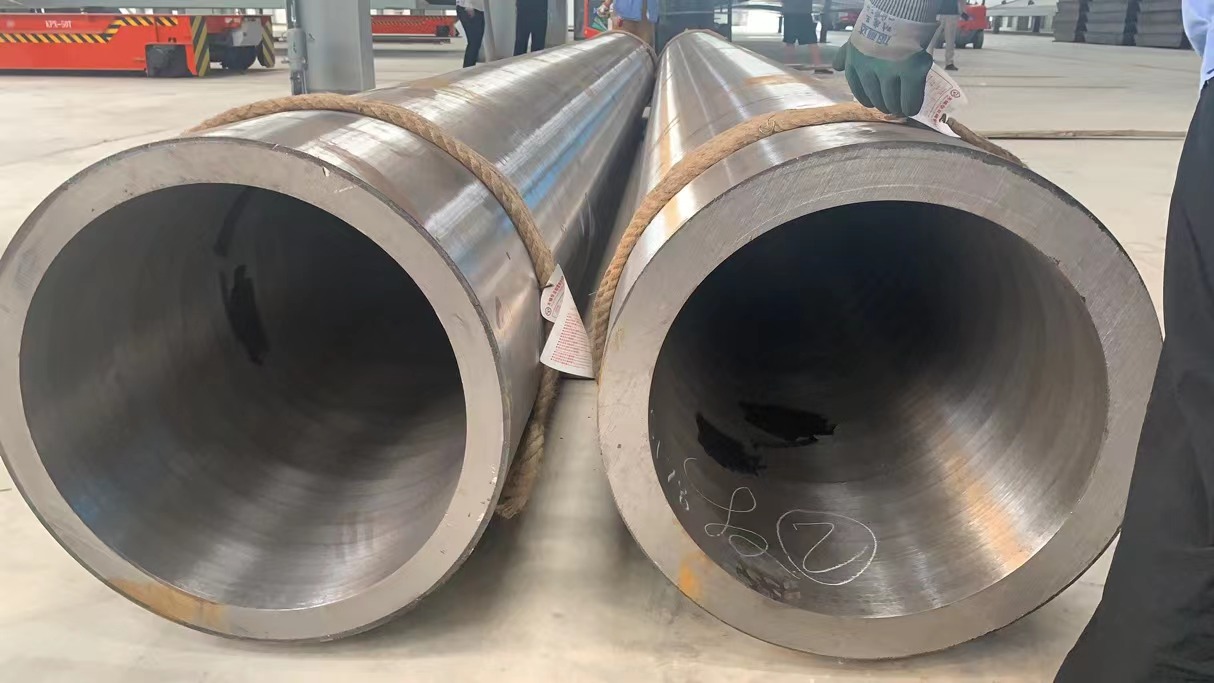
-
Submerged arc welded steel pipe
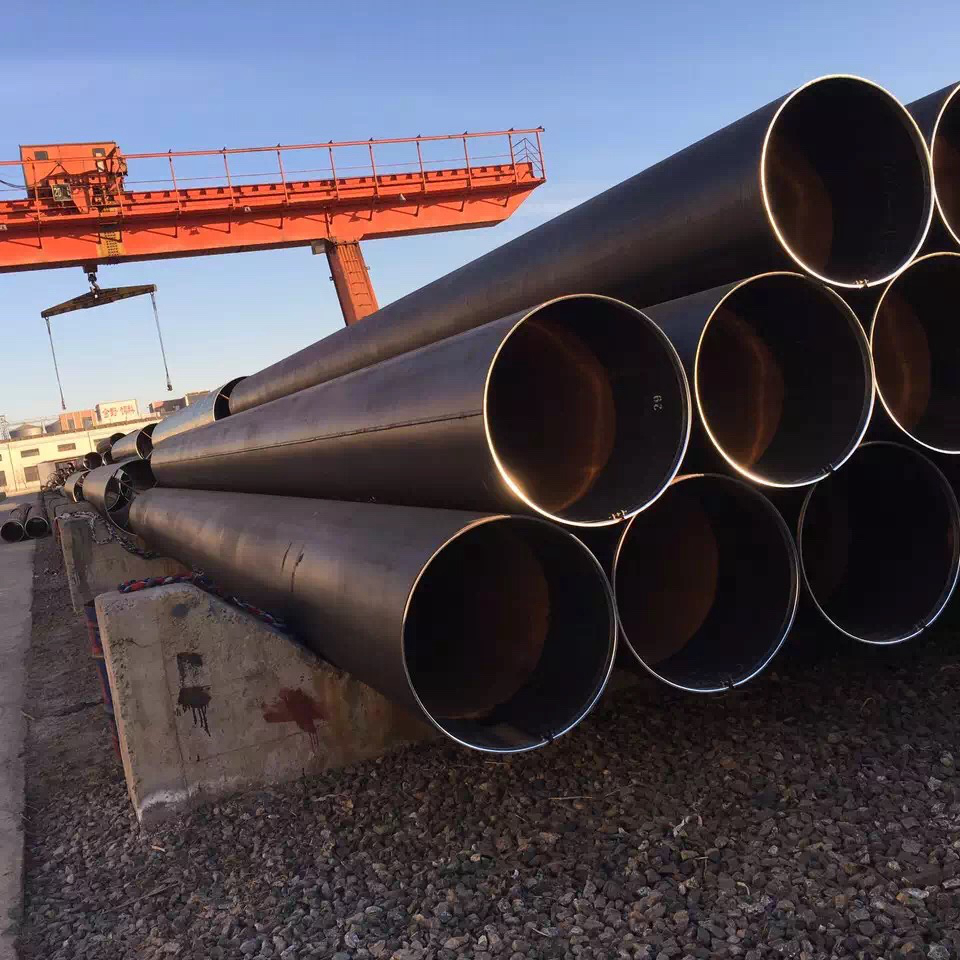
-
TUBE FOR PRESSURE PURPOSES
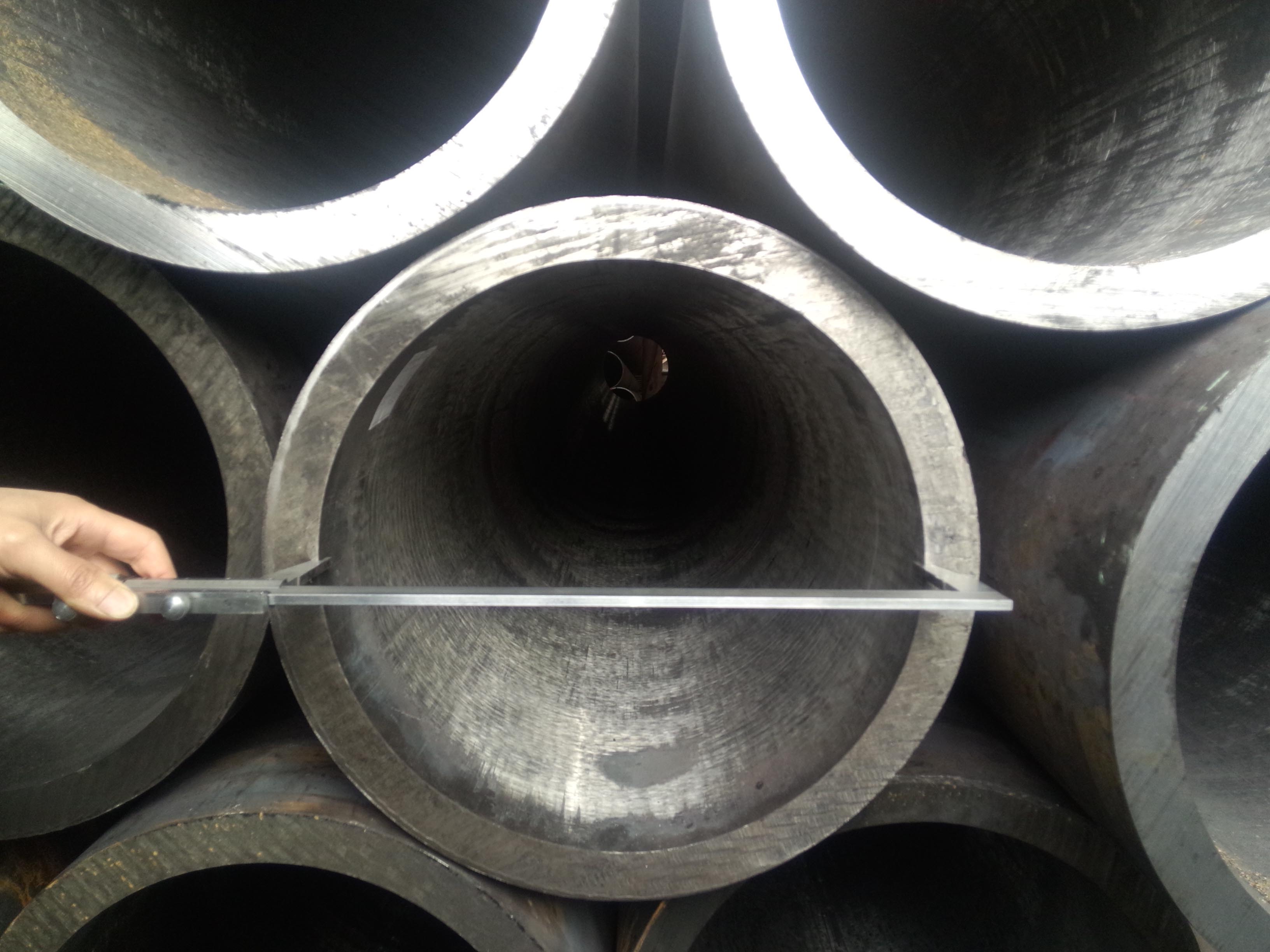
Related News
-
2024-06-12EN10219 specifies steel pipes for non-pressure purposes.Understanding EN 10219 The Standard for Steel Tubular ProductsEN 10219 is a European standard that
-
2024-06-12Chinese exporter specializes in EN10219 steel pipe sales globally.China's Position as a Leading Exporter of EN10219 Steel PipesChina, the world's second-largest eco
-
2024-06-12Specializing in exporting premium EN10219 steel, ensuring top-notch quality.High-Quality EN10219 Steel Tubing A Premier Exporter's PerspectiveIn the global market for structu
-
2024-07-30Wholesale EN10219 products for purchase at competitive prices and bulk quantities.Wholesale EN10219 Meeting the Growing Demand for Quality Steel ProductsIn today's fast-paced and c
-
2024-03-14Black welded steel tubeBlack welded steel tube refers to a welded pipe with a black surface. The "welded steel tube" indicates a steel pipe welded by steel plates or strips after being curled and formed, usually with a fixed length of 6 meters. The "black steel tube" is steel that is not galvanized and its color is caused by iron oxide on the surface.
-
2024-07-19Exporters of ERW welded steel pipes for international markets, delivering high-quality products.ERW (Electric Resistance Welded) steel pipes are a type of steel pipe that is formed by rolling a
-
2024-07-12China's leading exporter of large diameter steel pipes supplies internationally renowned quality.China, as one of the world's largest exporters of large diameter steel pipes, plays a significant ro
-
2024-11-22Stainless steel-How to CleanStainless Steel AppliancesProperly maintained and clean stainless steel adds elegance and sophistication to any kitchen. However, if you don’t know how to clean stainless steel appliances or clean them often enough, you could be left with a room full of dull, grey appliances. You can maintain that brilliant stainless shine—as long as you know how to clean stainless steel like a pro! All you need to remember is a few simple do’s and don’ts to get back that shine without damaging your surfaces.Stainless steel presents more of a challenge than other finishes because it shows fingerprints and streaks easily. There are also different types of stainless steel, so expect to experiment before you find what works best for your appliance. If you have several stainless steel appliances, you may find that each one requires a slightly different cleaning routine.
-
2024-07-30Reliable Manufacturer of Premium Quality Steel Pipes for Various Industrial ApplicationsHigh-Quality Steel Pipe Supply Factory The Backbone of Modern InfrastructureIn today
-
2024-11-22Stainless steel-Cleaning Stainless Steel AppliancesThere is a wide range of commercial and do-it-yourself products that can be used to remove fingerprints and water marks from stainless steel products. However, the manufacturer’s instructions may be very specific about what cleaners you should use on your stainless steel appliances. (Some brands even recommend avoiding certain cleaners in nearby areas of the kitchen as the fumes can damage the stainless steel finish.) Go rogue, and you risk voiding your warranty. As many larger kitchen appliances are quite pricey, you probably don’t want to do that, so take some time to read the care instructions before you clean your refrigerator or oven.
-
2024-07-27Top Suppliers of High-Quality Large Diameter LSAW Steel Pipes for Various Industrial ApplicationsHigh-Quality Large Diameter LSAW Steel Pipe Suppliers An OverviewIn the realm of mod
-
2024-06-283PP Pipe Factories Overview, Production, Market AnalysisThe Role of 3PPs in the Development of Pipe FactoriesThe role of third-party providers (3PPs) in t
-
2024-07-31Leading Manufacturer of High-Quality Petroleum Pipes for Efficient Energy Transportation SolutionsChina Petroleum Pipe Manufacturer A Pillar of Global Energy InfrastructureIn the re
-
2024-02-22ERW Steel Pipe-Difference between erw and seamless pipeThere are two benefits of using a seamless pipe. First, the working pressure capacity of a seamless pipe is 20% higher than an erw pipe, because, unlike erw pipes, the application of a higher pressure level will not cause the pipe to fail or burst. And the other, more popular reason for choosing a seamless pipe is that they are not vulnerable to intergranular corrosion. As opposed to seamless pipes, the seam line on welded pipes, in particular, the HAZ or heat affected weld zone gets affected at the grain boundary due to sensitization. This fosters intergranular corrosion, thereby weakening the erw pipe.
-
2024-06-12Construction suppliers offer wholesale carbon steel pipes.Wholesale Carbon Steel Pipes for Robust Construction Projects Unleashing the Strength of Suppliers
-
2024-07-31Wholesale A53 ERW Steel Pipe Manufacturers and Suppliers for Quality Steel SolutionsUnderstanding Wholesale ERW Steel Pipe A53 ManufacturersIn the realm of constructio
-
2024-07-27Top-notch ERW Tube Manufacturing Facility Delivering Exceptional Quality and Precision for Your NeedsHigh-Quality ERW Tube Factory Setting the Standard for ExcellenceIn the world of ma
-
2024-11-22Welded Steel Pipe-Different Techniques To Clean Stainless Steel SurfacesDifferent Techniques To Clean Stainless Steel SurfacesYou will find a wide range of stainless steel products in your kitchen and home. One of the most prominent reasons why stainless steel is used in the kitchen and home improvements projects is its toughness and rust resistant properties. It also has a radiant and shiny look that attracts everyone.
-
2024-07-28Exploring the Latest Innovations in China's Fluid Pipeline Technology and Its Global ImpactFluid Pipe Systems in China A Vital Component of InfrastructureChina's rapid industr
-
2024-06-12Premier provider of top-grade steel tubular productsHigh-Quality Steel Tubular Suppliers The Backbone of Robust Infrastructure In the realm of constru
Related Search
- en10219
- high quality en10219
- china en10219
- wholesale en10219
- en10219 exporter
- en10219 factory
- en10219 factories
- en10219 manufacturers
- en10219 supplier
- en10219 manufacturer
- en10219 exporters
- en10219 suppliers
- wholesale en10219 factory
- wholesale en10219 manufacturer
- wholesale en10219 factories
- wholesale en10219 exporters
- wholesale en10219 supplier
- wholesale en10219 manufacturers
- wholesale en10219 suppliers
- wholesale en10219 exporter
- china en10219 factory
- china en10219 manufacturer
- china en10219 factories
- china en10219 exporters
- china en10219 supplier
- china en10219 manufacturers
- china en10219 suppliers
- china en10219 exporter
- high quality en10219 factory
- high quality en10219 manufacturer


